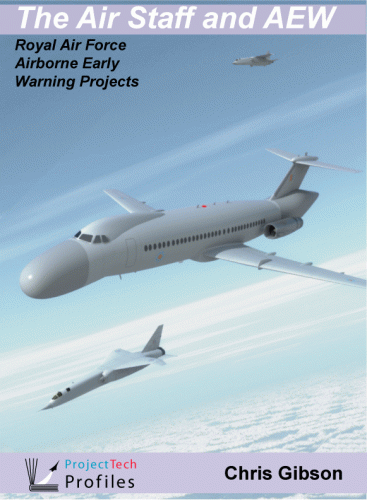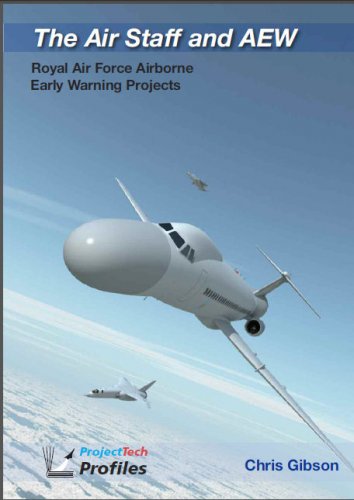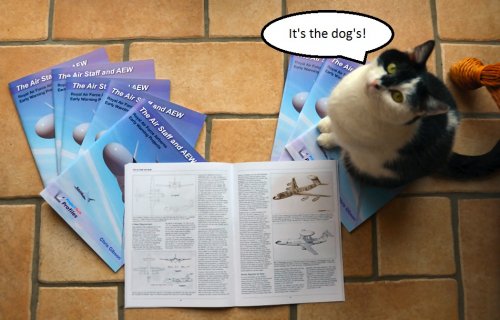So, a belated review, with apologies to Chris for taking so long.
Back in 2003, I watched an episode of the series "7 Wonders of the Industrial World" on the development of the London sewerage system. It seemed like an unlikely "wonder", but the program was interesting, thought-provoking and made a good case for its choice.
Blue Envoy's Projecttech series has, with one exception to date, done an analogous task by taking less mainstream aviation subjects and treating them with the same care and attention he put into the more sales-friendly titles such as Vulcan's Hammer and Battle Flight.
So, to specifics. The book is professional in layout and production standards, putting some big publishers to shame. The part of me that worked on page layouts has a small quibble on the slimness of margins but the reader part is grateful for content crammed into each page.
There are numerous beautiful CGI illustrations of projects in action and the improvement in Adrian Mann's work since British Secret Projects : Hypersonics is impressive. These are beautiful pieces of commissioned artwork. Quite a lot of FASS (fore-and-aft-scanner) types, but that reflects the dominance of that layout in UK AEW thinking. Copious drawings and photos illustrate the book, and having read the manuscript in text-only form, I can say that the illustrations illuminate and clarify the narrative perfectly.
As to the narrative - very interesting. Stylewise, Chris's writing reminds me of Tony Buttler, with close attention to primary sources and minimal guesswork or speculation, with perhaps a little extra personality added. This book isn't just a list of AEW projects, and with its companion volume The Admiralty and AEW Chris has written a interesting and authoritative account of the troubled history of AEW development in the UK.
One thing I did note was something I had difficulty with in my own attempts to research radar technology was the nomenclature used to describe those radars which lie between the reasonably well understood simple pulse radar at one end and the coherent pulse-doppler radar at the other. In the middle are a range of hybrid radars such as pulse with AMTI, "quasi-coherent", "coherent-on-recieve", or the British favoured FMICW. Such hybrid designs are sometimes described in brochures as "pulse-doppler" or "coherent" when they might not fully qualify for it according to strict definitions, but this is most likely due to the manufacturer being somewhat disingenuous. FMICW seems to be an end-limit case (or specialised class) of high-PRF pulse doppler radar rather than a separate technology, but perhaps the specifics are eluding me as a layman.
I will also note that someone who worked closely with Ferranti and Marconi in the early 1980s had a very poor opinion of Marconi's ability to deliver on their promises based on his experiences, where Ferranti were by contrast reliable and made good kit. This may colour my view of how close Marconi were to really solving the AEW Nimrod's issues. Ultimately, Chris notes that the RAF really wanted the E-3, and the Nimrod was always going to be vulnerable to cancellation.
Given the long history of AEW development in the UK revealed by Chris Gibson in these two books, it is sad that so little ever came to fruition. Definitely a recommended read.




